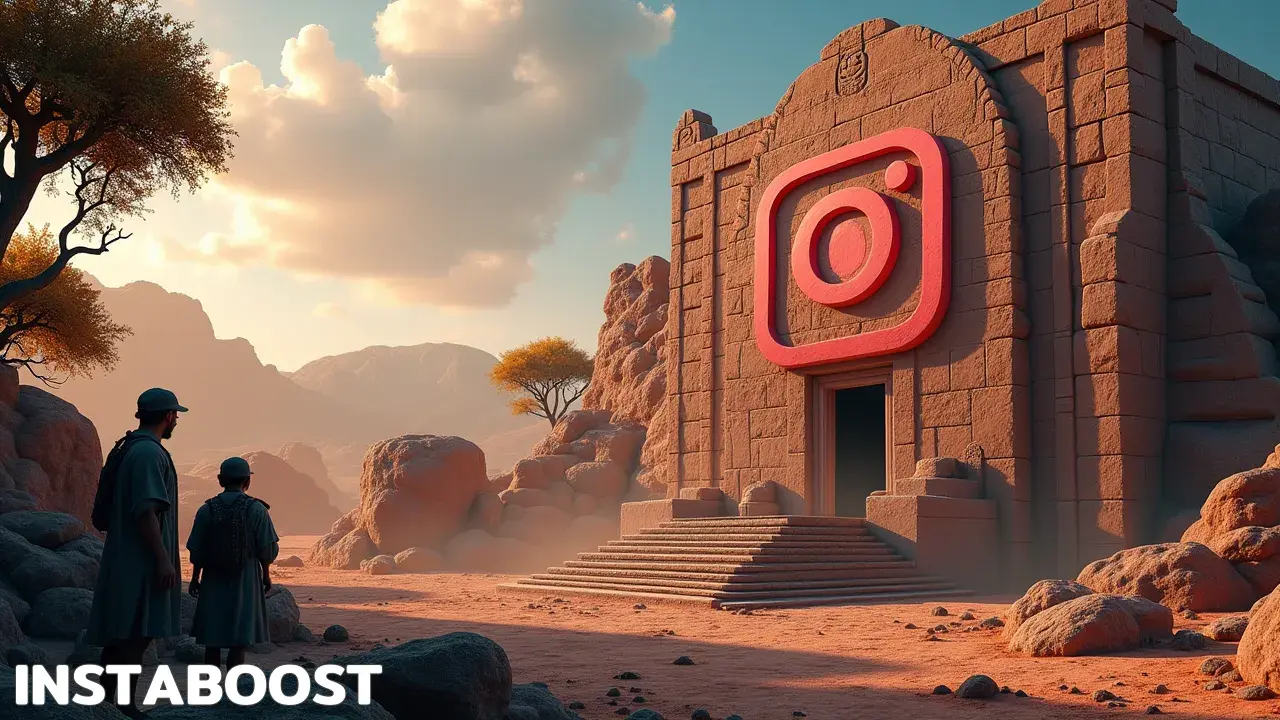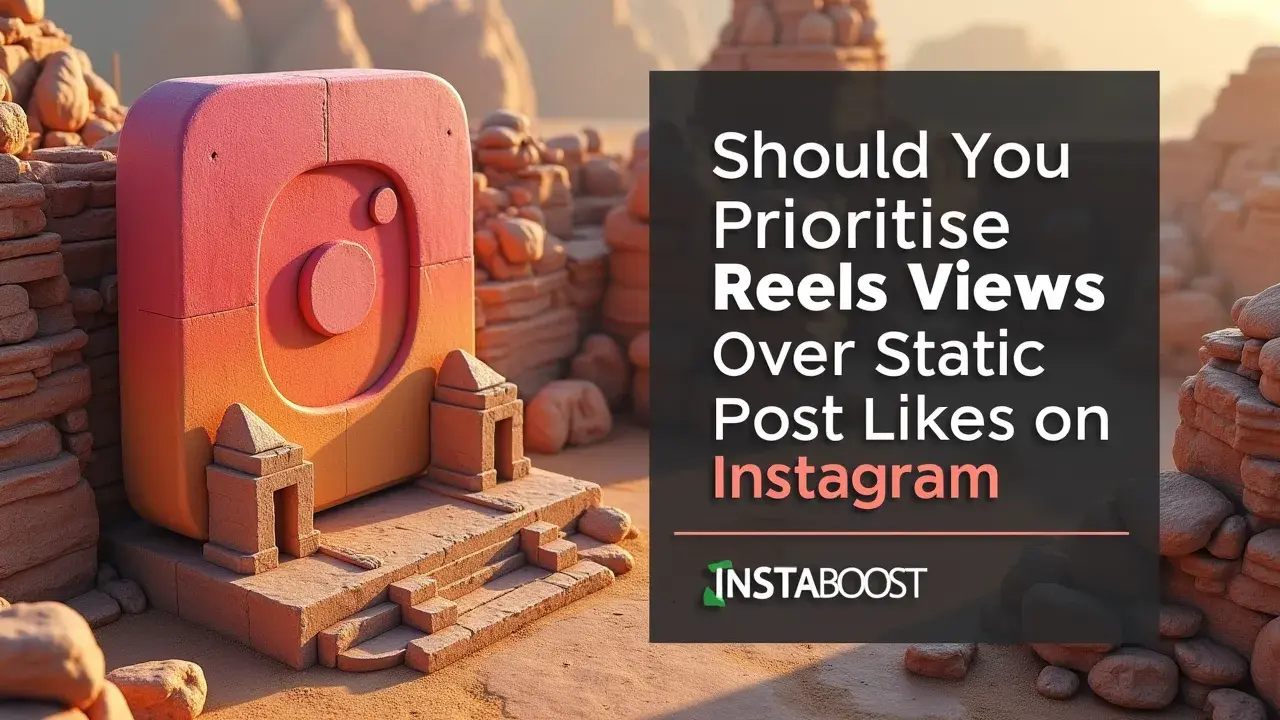Should You Prioritise Reels Views Over Static Post Likes On Instagram?
Prioritising Instagram Reels views can expand reach and discovery, while static post likes signal depth of engagement within an existing audience. Reels tend to surface through broader recommendation systems, whereas static posts often resonate with followers who value consistent visuals. Overemphasising one metric can skew results, but aligning formats to goals clarifies trade-offs. A smart path pairs Reels for reach with static posts for relationship building and measurable intent.
Rethinking Engagement: The Value Behind Instagram Metrics
When I’m scrolling through Instagram, it’s hard not to notice how much attention the numbers get, especially now that Reels usually rack up way more views than my regular photos ever get in likes. It’s tempting to jump in and try every new thing that promises bigger reach, but I have to remind myself to slow down and think about what those numbers actually show, whether I’m posting for work or just hoping to connect with people who care about the same things I do. Reels are built to catch people’s eye right away – a quick video, a catchy song, easy to swipe through. Sometimes one takes off and the views jump into the thousands, which feels exciting when it happens.
But I’ve noticed those views don’t always mean people are paying close attention, or that they care enough to come back next time. On the other hand, getting fewer likes on a photo might seem underwhelming, but those likes can feel more meaningful; someone had to stop, look at the picture, and actually tap the button. That’s a small thing, but it means there was a real pause, even if only for a second.
Instagram’s always trying to figure out what keeps people interested, shifting things around to show us more of what we seem to like, or even suggesting ways you could optimise your Instagram presence. It’s easy to start chasing whatever number seems biggest or most impressive, but when I think about what I actually want – whether that’s growing my business or just having my posts land with the right people – it usually comes down to understanding the difference between a fast spike in attention and real engagement that sticks around. It isn’t really about which number is higher. It’s more about which one actually helps me get where I want to go, even if that’s not always obvious on the surface.

What Numbers Really Tell Us: Beyond Vanity Metrics
We started to notice a change when we stopped worrying so much about impressing everyone. It was easy to get caught up in those quick jumps in Reels views or the boost from a bunch of likes, but after a while we wondered what those numbers were actually doing for us. Seeing a spike or having nonstop notifications felt good, but it didn’t always mean people were really connecting.
Sometimes, the posts without big numbers seemed to matter more to the people who actually cared – those who read, left a real comment, or sent a DM because something stuck with them. Tools like INSTABOOST made it clearer that it’s not just about numbers, but about whether people save posts, share them, or look at your profile because of what they saw. It’s interesting how you can grow with active Instagram users instead of just chasing stats. Numbers like average watch time or the kinds of comments people leave seem to tell us more than another round of high reach. We’ve started to care less about looking impressive and more about what’s actually worth spending time on.
Leaning Into Where the Crowd is Watching
If you want people to notice what you’re doing, it helps to meet them where they’re already looking. Say your followers spend a lot of time watching Reels – then it makes sense to put real effort there, not because it’s the latest thing, but because it’s where they’re actually paying attention. Instagram is set up to reward posts that keep people engaged, so when you focus on Reels, you’re likely to reach more people and get your work in front of new eyes.
But it’s not only about chasing a bigger audience. The way Reels work – the movement, the sound, the quick stories – these features naturally draw people in. If you use those elements thoughtfully, you’re giving someone a reason to stop scrolling for a second.
Static posts still matter, especially for things like sharing a favorite photo or writing something a little more reflective, but they usually grow more slowly. If you want to reach more people right now, short videos are probably worth trying, since that’s where Instagram is putting its energy. That doesn’t mean dropping images altogether; photos still fill out your feed and give people a sense of what you care about.
Over time, you may notice that focusing on Reels brings in more interest than counting likes on photos ever did – though sometimes it’s surprising how much a single post can boost your Instagram likes, almost by accident – especially if you care about being found by new people. The main thing is to stay curious about what actually gets through to your audience, to keep noticing what works, and to let yourself adjust as you go.
When Chasing Trends Feels Like Running in Circles
I don’t think it’s cynicism so much as fatigue from seeing the same cycles repeat themselves. Every time Instagram changes its algorithm or rolls out a new feature, there’s this rush – suddenly everyone is making Reels, tracking their numbers, looking for that next spike in reach. When I look at it, though, it starts to feel like we’re all following whatever’s getting the most attention at the moment, instead of asking what actually makes sense for what we want to share.
There’s no question Reels help get your posts in front of more people, especially now that Instagram is leaning hard on video. Still, I find myself wondering if more views actually turn into any real connection, or if it’s just another quick stop as someone scrolls through their feed. Liking a photo or a regular post might seem old-fashioned now, but sometimes that kind of interaction feels more genuine to me – like someone took a second to stop, read, and respond in a small way.
This thing about Reels versus static posts isn’t really about which one gets more numbers; it’s more about what sort of relationships you’re hoping to build. Do you want a quick hit of attention from people who might not remember you later, or are you trying to create something that sticks, something people come back for? It makes sense to try different things, and using tools like INSTABOOST can help figure out what’s actually working – sort of the same way people sometimes buy Instagram video views just to see if it moves the needle. Still, it’s easy to get wrapped up in chasing trends and forget what fits best with what you’re trying to do. Not all attention is the same, and after all the numbers, I keep coming back to whether anyone really remembers what you share once they’ve moved on.
Letting Your Strategy Mature Over Time
It never really feels finished – more like it's still in progress. That’s been my experience with building up something on Instagram, especially when I look at the numbers on Reels versus my usual posts. Sometimes the views jump up out of nowhere, sometimes they drop, and it’s hard to pin down what the algorithm is doing.
But the real effect of what I share seems to show up much later, after the first rush has passed. Instead of reacting to every dip in the stats or feeling like I need to use every new feature, I try to think of this more as a slow process that changes over time. Reels are useful for reaching people who haven’t seen my work before, but I notice that it’s the regular posts – like a short carousel, a caption that actually says something, or a single photo that sticks with me – that help people feel like they know me.
It’s a balance: Reels can draw someone in, but the posts and words that follow give them a reason to stick around. Search matters, too, because the old posts are often what people find later on, after a Reel’s moment has passed. There are also small things I’ve picked up over time, like how you can share your content smarter without necessarily doing more. It doesn’t really come down to choosing between Reels or regular posts. It’s more about putting together different layers, so the whole thing feels more solid, more true to what I’m trying to do. I think if I give it some time – if I don’t rush to keep changing things just because of the numbers – the results end up meaning more. And it’s easier to keep going that way, even when the trends move on.















